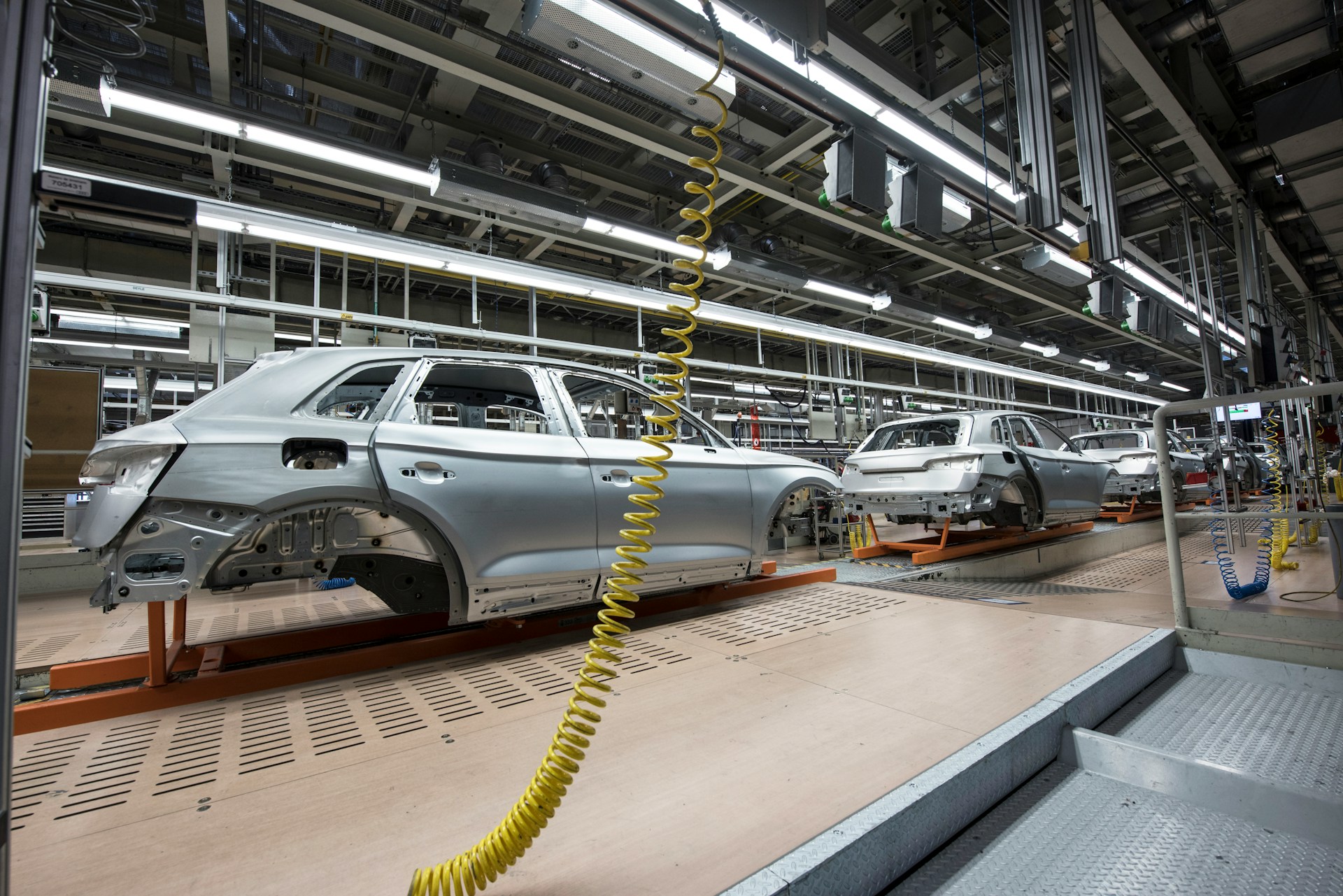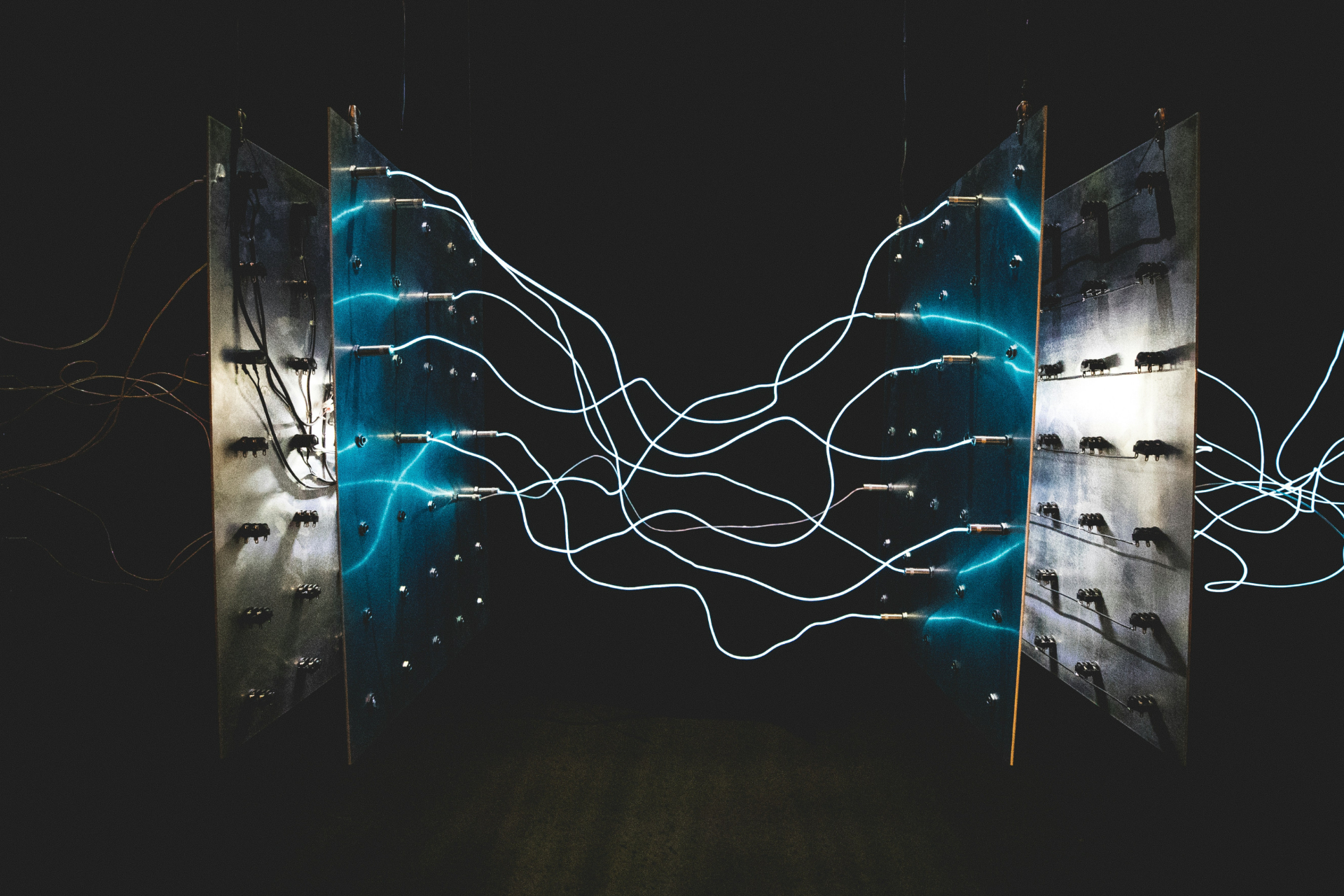
AR Quality Control: Revolutionizing Visual Inspection in Manufacturing
April 18, 2025 - Ellie Gabel
Revolutionized is reader-supported. When you buy through links on our site, we may earn an affiliate commission. Learn more here.
Augmented reality blends virtual elements with the real world, allowing users to receive additional context for informative or entertaining results. Many manufacturers have created AR quality control programs because they believe the technology can reduce error rates and improve consistency as employees perform visual checks. How have decision-makers applied it so far?
Keeping Workers Focused With Relevant Information
Many manufacturing roles are fast-paced and demanding, requiring workers to check hundreds or thousands of items each shift. Even the most experienced and detail-oriented people may become distracted in such environments, especially since so much is happening at once.
However, augmented reality could help them retain their focus, especially if they use products that display information they can see without handling physical checklists or other guides. One augmented reality system with artificial intelligence features allows people to look at physical items while seeing instructions superimposed on them. That real-time content ensures they do not miss steps, maintaining thorough processes that catch errors and prevent faulty products from leaving factories.
This AR quality control tool also alerts people of assembly problems, such as missing components or parts installed upside down. Once factory workers know about those oversights, they can correct the issues before the products reach the next steps. Factory managers can also use the AR tool to create step-by-step instructions for employees. That streamlined approach is ideal for companies historically lacking well-defined inspection standards.
The ability to see immediate instructions throughout the workday also supports people new to their roles, such as those hired to address the large and growing shortages in many manufacturing plants. It can take time for people to feel comfortable in their roles, especially if their duties are unlike what they have done before. Consider someone who has never done orbital welding before and needs hands-on training. However, when they can see reliable instructions, it will be easier to establish good habits, boost their productivity, and feel more confident.
Supporting Employees During Detail-Oriented Tasks
Handling and inspecting small parts can be more challenging than working with larger ones. People may initially miss flaws that would cause the items to fail quality control checks. Products may also require precise parameters on the micrometer scale that need specific finishing processes. As the item size gets smaller, it becomes more likely that factory workers will make mistakes that result in products not meeting specifications.
However, many AR tools for quality control allow people to keep their hands free while wearing headsets. Then, they can pay attention to each step while getting additional support. For example, an augmented reality interface may allow people to zoom in on different parts to check aspects such as surface quality or other details that would be difficult to verify with human vision alone.
Many of the best technology applications combine human expertise with user-friendly features to help people work more efficiently without lowering overall quality levels. For example, an AR headset might highlight the parts of an assembled product most prone to failure, reminding employees to check those thoroughly before approving them. Strengthening internal processes also increases customer trust, which can make manufacturers more competitive.
One AR system used for field inspections allows technicians to show colleagues what they see by distributing images or drawings to remote parties. Those resources enable faster troubleshooting.
Enabling Nondestructive Testing
Some quality control methods require people to check small batches of products in ways that make them unusable. The idea is that if those samples pass checks, the rest of the items should, too. However, such destructive testing procedures are understandably imprecise, which is not ideal for products used in mission-critical environments.
In one example, the Air Force Research Laboratory developed a nondestructive testing method for safety-critical military aircraft components. It uses AR for quality control by helping technicians spot fatigue cracks between metal layers. These professionals use eddy currents to check bolt holes, and the AR solution projects 3D hologram images onto the components as people walk through the process.
Decision-makers created this option as an alternative to the video tutorials that previously helped inspectors refresh their knowledge and stay abreast of new methods. Although videos can reinforce general concepts, AR quality control solutions give technicians real-time insights about the precise components in front of them rather than those shown in video clips.
AR Quality Control Facilitates Consistency
Manufacturers interested in incorporating AR quality control measures into existing processes should examine the most effective options by focusing on the inspection steps that take the most time or are highly error-prone. Those tasks could become the early wins that motivate decision-makers to increase their investments.
They should also select and track metrics to see how the statistics change over time. Although thoughtfully applied augmented reality tools can increase productivity and elevate quality, workers need time to get accustomed to them and provide feedback about the process changes. Employees will likely be some of the most reliable sources of information about the most challenging visual inspection steps and how AR could improve them.
Finally, manufacturing leaders should consider their augmented reality rollouts as learning experiences that they may tweak over time. Remaining flexible will help them see what works best and which aspects to adjust for optimal outcomes.
Revolutionized is reader-supported. When you buy through links on our site, we may earn an affiliate commission. Learn more here.
Author
Ellie Gabel
Ellie Gabel is a science writer specializing in astronomy and environmental science and is the Associate Editor of Revolutionized. Ellie's love of science stems from reading Richard Dawkins books and her favorite science magazines as a child, where she fell in love with the experiments included in each edition.






